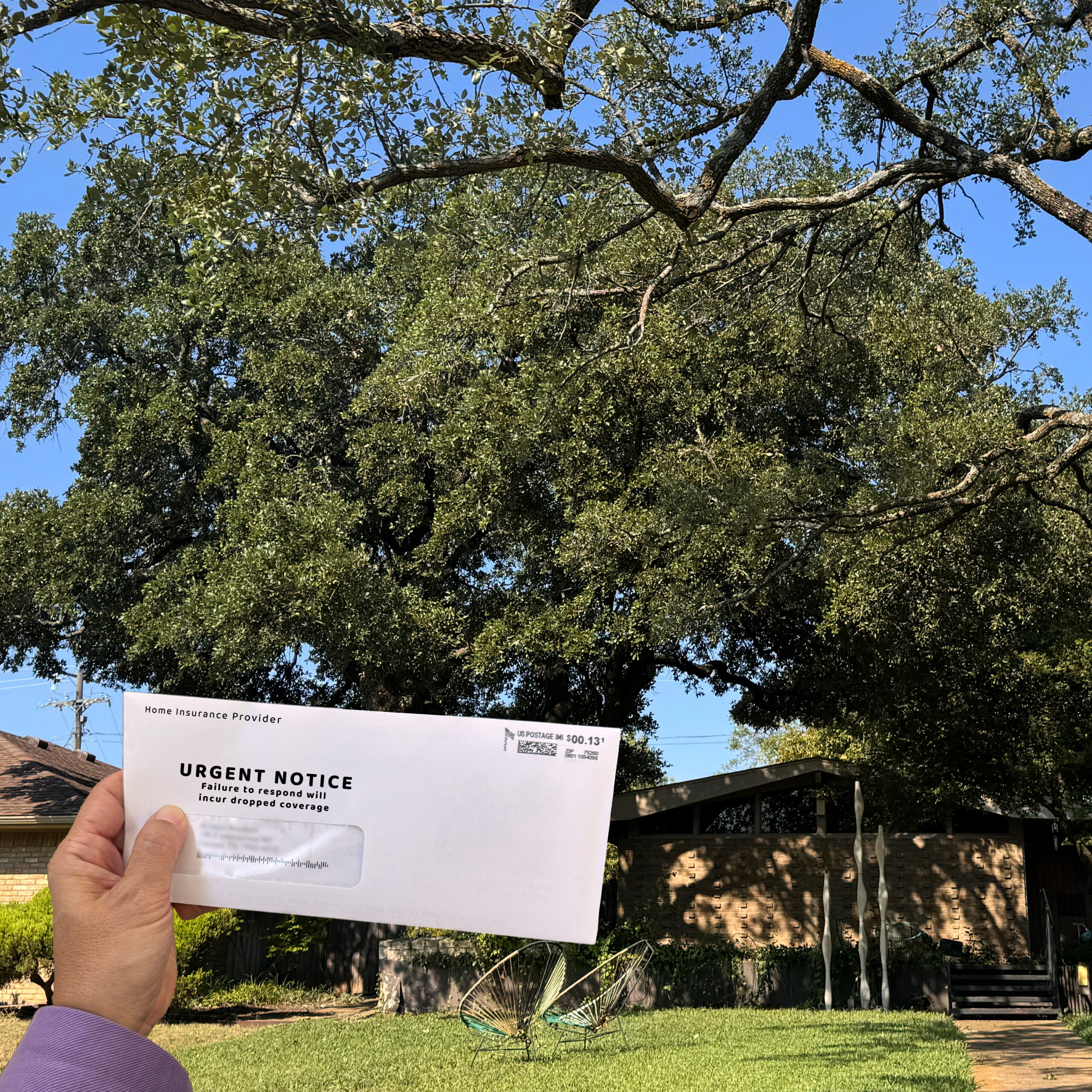Best Way to Top a Crape Myrtle? Don’t.

The most common mistake made in caring for crape myrtles is the practice of “topping.” Topping involves removing branches and trunks from the top down, trimming all material above a certain height. Usually, all leaves, blooms, and other green material are removed, leaving only bare trunks. Because of their resilience, topped crape myrtles do not die, but begin new growth from the height to which they were trimmed. As the topping is repeated year-to-year, the lower trunks of the crape myrtle age, while the top can remain twiggy.
Don’t Top Your Crape Myrtles!
- Topping a crape myrtle destroys the natural balance and beauty of the tree.
- Improperly trimmed multi-trunk crape myrtles have weakend immune responses and cannot fight off disease and insects as well.
- As the topping continues, the crape myrtles can respond by growing more trunks, worsening the problem.
- Topped crape myrtles have weak branch connections and are prone to breaking.
Why Do People in Texas Top Crape Myrtles?
- We don’t know! It looks terrible, is terrible for the health of the tree, and causes long-term problems.
- Some companies even advertise crape myrtle topping as a service — just another reason to make sure you use a tree service that employs local certified arborists who know how best to care for trees.
Doesn’t Topping Crape Myrtles Help Them Bloom?
- Not in the long run! While it is true that crape myrtles bloom on each year’s new growth, a healthy and properly-trimmed tree will have more and stronger new growth, leading to more blossoms.
- If a particular size or shape is desired, or it is necessary to reduce the trees’ height (for example, under power lines or eaves), proper trimming with care and attention can yield the same results without topping.
- With the variety of crape myrtles cultivars available, examples of different sizes and growth rates can be found that are suited for various applications in North Texas landscapes.
For more information on crape myrtles, read our recent post.

Crape myrtle that has been topped. New growth is twiggy and uneven.

Properly-trimmed crape myrtles exhibit even structure and look beautiful year-round.
At Texas Tree Surgeons, we love trees and we love our customers, and we hate to see a beautiful crape myrtle topped and turned into a twiggy mess. Even if a crape myrtle has been topped for many years, it can be restored through a simple care program. Proper trimming, combined with allowing new growth to mature, can go a long way toward repairing the damage caused by topping. Fertilization can also help with encouraging healthy growth. Ask a certified arborist to evaluate and make recommendations for your specific trees.
Related Blogs
Similar blogs related to this topic


Facts About Home Insurance & Trees
It’s becoming way too common, especially in Texas, homeowners receiving a threatening letter from their insurance company to drastically remove all tree limbs over a structure to prevent them from falling onto the house. Don’t…
Read more
How Often Should You Trim Your Trees?
Tree trimming is a crucial part of maintaining a healthy, safe, and beautiful yard. But how often should you really be trimming your trees? We’ll explore the ideal trimming schedule for your trees and why…
Read more

What is Prescription Pruning Qualification?
Prescription Pruning Qualification is vital for anyone involved in the care and maintenance of trees, ensuring they are pruned correctly and sustainably. This qualification is built from the years of research from industry leaders such…
Read more
